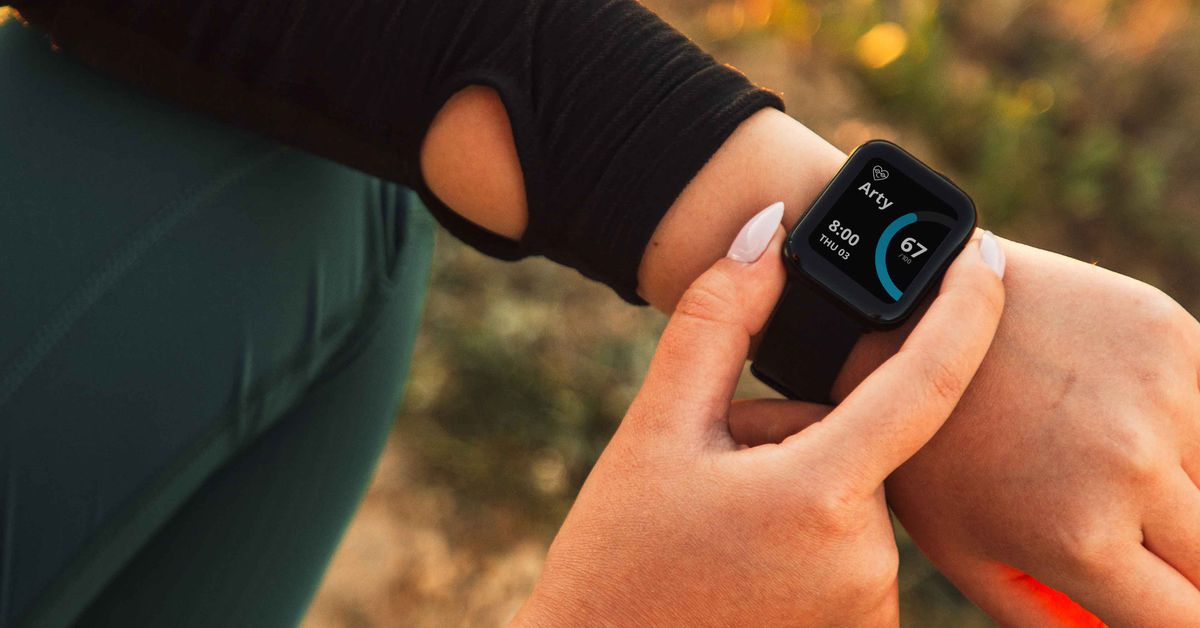
Fitness: Five simple safety tips for cyclists
The fight for space on the road, a cycling infrastructure that lags behind need, and the return of bikes after a long winter all combine to increase the risk of collisions between motorists and cyclists.

Postmedia may earn an affiliate commission from purchases made through our links on this page.
Article content
With gas prices in the stratosphere and no signs of a downward trend, it’s time to pull the bike out from the shed for a tune-up.
Advertisement 2
Article content
Opting for two wheels instead of four whenever possible isn’t just good for the pocketbook — it’s good for your health. But as much as your heart will benefit from a switch to active transportation, if you haven’t shared the road with motorists in a while you’ll need to brush up on bike safety.
Depending on the city, cyclists are three to 70 times more likely to be injured per trip or per kilometre travelled than people in cars. And in bad news for Canadians, North American cyclists are two to six times more likely to be killed than cyclists in bike-friendly countries like Denmark and the Netherlands.
There are a number of reasons why some European countries have a better track record on cycling accidents, including the safety-in-numbers effect. When there are more bikes on the road, motorists are more aware of cyclists and cycling behaviour.
Advertisement 3
Article content
Infrastructure is also important to cycling safety, with the gold standards being separated bike lanes (with a physical barrier between cars and bikes) and safe intersections (with specialized signalling for cyclists). Yet despite plenty of data demonstrating that collisions between bikes and cars decrease when the right infrastructure is in place, complaints about fewer parking spots, difficulty accessing storefronts and increased traffic congestion cause many cities to think twice before modifying their streets to make cycling safer.
That hesitancy makes two-wheeled transportation less appealing to the average Canadian who’s considering using their bike more often, whether it be for commuting, trips to the grocery store or taking the kids to and from school. Without designated bike paths, cyclists are relegated to a narrow, undefined corridor at the edge of the road where they dodge debris, manhole covers and parked cars. None of which makes the experience all it could be.
Advertisement 4
Article content
But safety is a two-way street. Cyclists and motorists both have work to do in respecting one another’s rights. According to a 2018 Angus Reid poll, 67 per cent of Canadians feel too many cyclists don’t follow the rules of the road. Nearly the same number (64 per cent) feel drivers don’t pay enough attention to cyclists. These attitudes tend to be more prevalent in urban centres, where traffic is more dense, streets are narrower and there are more intersections and street parking.
The fight for space and respect on the road, a cycling infrastructure that lags behind need, and the recent return of bikes to the road after a long winter all combine to increase the risk of collisions between motorists and cyclists. Be extra cautious while on your bike at this time of year, and follow these important safety tips.
Advertisement 5
Article content
Be seen
Bike lights (white on the front and red in the back) and bright clothing with reflective detailing make it harder for motorists to ignore cyclists. Most bike fatalities occur between 6 and 9 p.m., so it pays to boost visibility in the evening hours. Be especially careful around trucks and buses, most of which don’t allow for the same field of vision as cars. And unless you make eye contact with the driver, assume you haven’t been seen, especially when passing parked cars with someone in the driver’s seat.
Be predictable
Weaving in and out of traffic or bike lanes, numerous changes in speed, and alternating between hugging the side of the road and venturing into the middle of the road can cause motorists to zig when they thought you were zagging — which is never a good thing.
Advertisement 6
Article content
Follow the rules of the road
Simple road safety — like riding in the same direction as traffic, stopping at stop signs and not passing cars on the right — saves lives. It also reduces the chance of conflict between cyclists and motorists. And if you’ve been drinking, don’t hop on your bike. U.S. stats compiled in 2019 showed that one in four fatal bike accidents involved a cyclist who had been drinking.
Take extra caution around intersections
Intersections can be complicated, with lack of visibility, additional pedestrian traffic, and confusion around merging, queuing and turning. They’re frequent sites of accidents between cyclists and motorists, especially if either party fails to make a complete stop, and they deserve all of your attention. Use hand signals to indicate your direction of travel, make eye contact with motorists when possible and wait your turn in the queue of traffic crossing the intersection.
Choose your route wisely
Sometimes the most direct route isn’t the best choice, especially during periods of high traffic. Prioritize routes with bike lanes, less traffic, fewer intersections, intersections designed to accommodate cyclists, and good road conditions. Taking a few extra minutes to get to your destination is a fair trade-off for a safer, less stressful ride.
-

Fitness: The runner’s high and how to find your flow
-

Fitness: Can athletes tap into some of that Tom Brady magic?
-

Fitness: Keep heart health in mind when exercising



